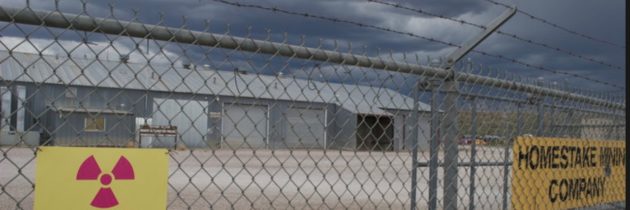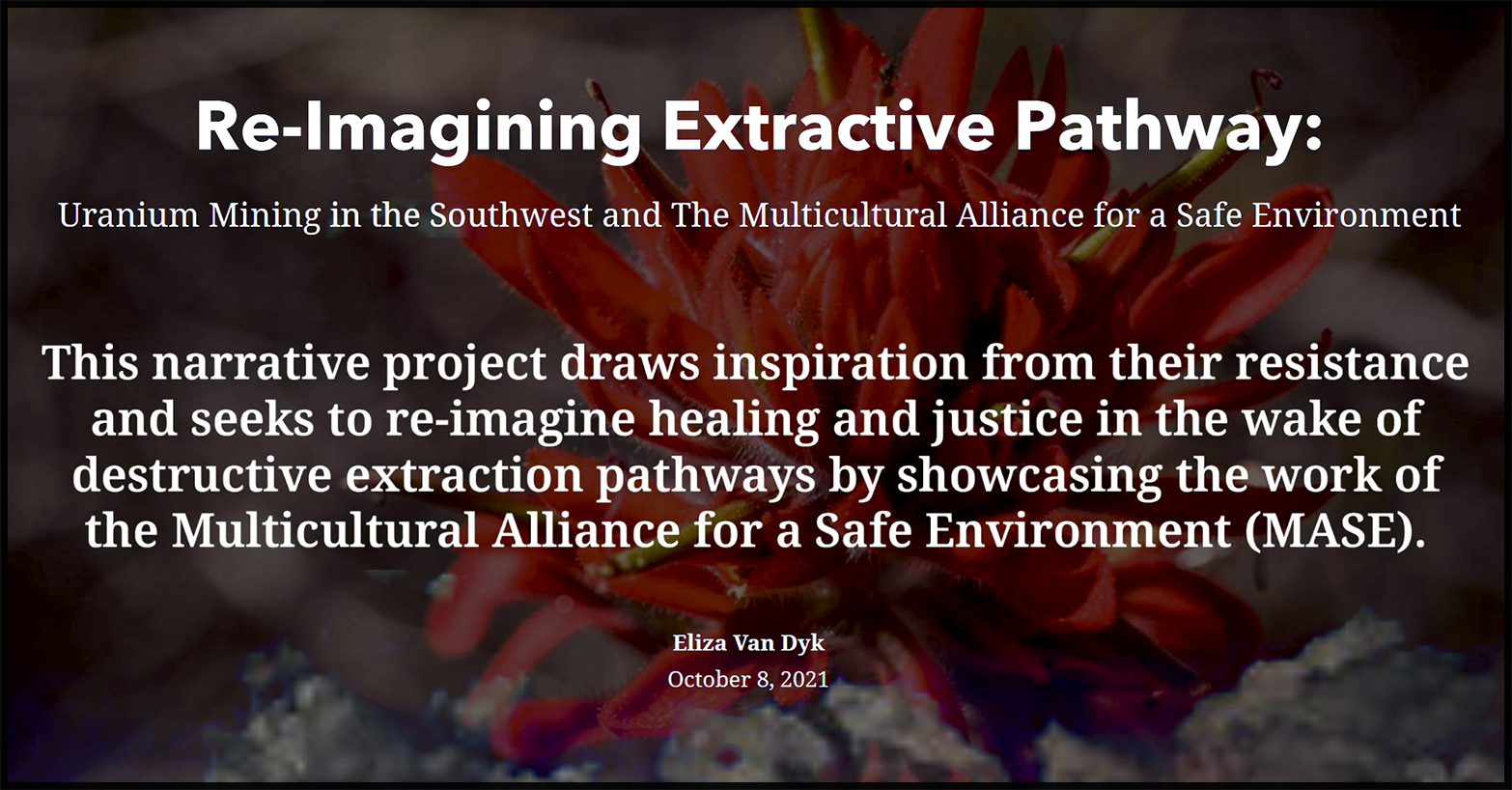State: More wells needed to define Bluewater mill uranium plumes
By Kathy Helms cibola@gallupindependent.com
Gallup Independent November 2, 2019
MILAN – The New Mexico Environment Department has asked the U.S. Department of Energy and the Nuclear Regulatory Commission to collaborate with the state to ensure adequate characterization of a plume of uranium contamination leaving the Bluewater Disposal Site.
Although DOE maintains control over groundwater resources at the former uranium mill site, it does not have authority over impacts to groundwater quality outside the site boundary, Kurt Vollbrecht, manager of the Environment Department’s Mining Environmental Compliance Section, said.
Vollbrecht outlined the state’s concerns in an October letter to Bernadette Tsosie, manager of the Bluewater site for DOE’s Office of Legacy Management, and to the U.S. Nuclear Regulatory Commission.
Tsosie sent a status report to the NRC in March and stated that uranium plumes in the San Andres-Glorieta and alluvial aquifers appear to be “essentially stable.”
But NMED is concerned that the full nature and extent of the groundwater plume within the San Andres-Glorieta aquifer has not been defined due to the lack of a comprehensive monitoring well network and the questionable construction of the wells evaluated for the report.
Tsosie’s report is based on 2017 data and is an update from a 2014 report.
‘Unacceptable risk’
New Mexico residents rely on groundwater for much of their domestic, irrigation and livestock-watering needs, particularly in this region where there are essentially no surface water resources available, Vollbrecht stated.
The state is recommending the addition of four to six wells, at a minimum, to better define the extent of groundwater impacts from the Bluewater site, formerly operated by Anaconda Minerals Co., a division of Atlantic Richfield Co.
“The San Andres-Glorieta aquifer is the primary water resource in this area, as evidenced by the presence of municipal supply wells completed in the SAG serving Bluewater Village, the Village of Milan and the Town of Grants,” Vollbrecht wrote. “Failure to adequately address the impacts to the alluvium and the SAG from the mill sites in the area poses an unacceptable risk to these communities.”
The NRC set alternate concentration limits of 2.15 milligrams per liter in 1996 for uranium in San Andres-Glorieta point-of-exposure wells, and 0.44 milligrams per liter for alluvial aquifer point-of-exposure wells. Those alternate limits were found to be as low as reasonably achievable. The state standard for uranium in groundwater is 0.03 milligrams per liter dissolved uranium.
“A concentration limit above 0.03 mg/L of uranium creates a direct health risk for New Mexico residents and visitors and is contrary to well-established State law,” Vollbrecht wrote.
Data gaps
NMED noted that while it appreciates DOE efforts to collect “opportunistic samples” from available wells, groundwater investigations are more effectively conducted using a set of wells that have been carefully located and constructed with the appropriate data objectives in mind.
“Many of the wells used for this study were not constructed with the intent of monitoring groundwater quality, and existing well spacing results in gaps in coverage,” Vollbrecht said.
The state also is concerned that the groundwater investigation did not consider potential contaminants of concern other than uranium and questioned whether the federal agencies had demonstrated that selenium, molybdenum, nitrate, total dissolved solids and sulfate had not traveled outside the site boundary.
“Other contaminants may move through the aquifer at different rates than uranium and may be impacting a larger portion of the aquifer,” Vollbrecht said.
Although the nearest drinking water well in the San Andres-Glorieta is about 2 miles south of the estimated limits of the uranium plume, all groundwater in the state is protectable for current and reasonably foreseeable future use.
“An approach that simply monitors groundwater pollution in a limited set of wells in the hope that it never reaches a private or public supply well is contrary to the New Mexico Water Quality Act and the WQCC (Water Quality Control Commission) Regulations,” Vollbrecht wrote. “Under New Mexico law, groundwater pollution is required to be abated to meet applicable standards regardless of whether an existing drinking water well is impacted.”
Faults and conjecture
The Bluewater mill is situated in a geologic fault zone, which in the past likely contributed to cross-contamination of the aquifers below, Tsosie said during a September meeting in Grants between regulators and public stakeholders.
Vollbrecht stated in the letter that interpretations on the behavior of the faults acting as barriers to groundwater flow are “conjectural” given the limited number of monitoring wells, the distance between the wells, and distance from the wells to the faults.
Paired wells, placed as close as practicable on either side of the East-West fault, would provide a better understanding of groundwater flow, he said.
No data exists to define the east and northeast areas of the plume, according to the DOE report. The federal agency plans to install two San Andres-Glorieta monitoring wells in 2021, “but they will not provide the complete coverage necessary to adequately define the nature and extent of groundwater impacts,” according to the state.
“Given the significant amount of time between the previous report (2014) and this current report (2019), NMED has concerns that the timeline for installing additional wells and completing additional groundwater investigation will not result in timely actions to ensure protection of human health and the environment,” Vollbrecht wrote.






